DDP Talks To Morgan McEwen (Founder and Artistic Director)
MorDance
You’ve now been running MorDance for 10 years. Walk us through its founding; what made you decide to start your own company? What have you been doing this season to celebrate the milestone?
MorDance was founded in response to a distinct lack of opportunities for young female ballet choreographers. After a decade of professional dancing, I felt artistically unfulfilled and wanted to create my own opportunities to bring modern ballet to a wider audience and promote diverse perspectives within the art form. Our mission has been centered around elevating the experience of ballet, promoting underrepresented voices and reimagining the potential of ballet to engage with contemporary issues of race, gender, and the environment. Celebrating our tenth anniversary has been a significant milestone; we’ve just completed our spring season at Gerald Lynch Theater that aimed to showcase the breadth of our repertoire and the incredible talent of our dancers in an accessible and inclusive way.
The company’s website describes MorDance as a “trailblazing, women-led ballet company striving to innovate, elevate, and diversify the ballet landscape to convey a true reflection of our contemporary world.” What does this innovation look like and how does this mission inform your choreography?
Our mission is to innovate, elevate, and diversify the ballet landscape by transforming themes of activism and humanity into captivating movement. Through our repertoire, we inspire audiences to become more civically engaged and socially responsible, while also reimagining ballet as a vessel for learning and impactful change. As a ballet company, we recognize the artform’s lineage is fraught with injustice and the perpetuation of sexist, racist, and xenophobic ideals in popularized historical works. To break free from these problematic legacies, we create original pieces based on contemporary subject matter and present progressive interpretations of traditional narratives. By making our work relatable and accessible, we hope to inspire and empower diverse audiences, promoting innovation and artistic excellence. As a choreographer, I believe that true artistic excellence goes beyond technical prowess and innovative expression, it passionately articulates deeper emotions, regardless of the viewer’s background or lived experiences. MorDance’s mission informs my choreography by challenging me to create work that welcomes and compassionately engages viewers while promoting social responsibility, empathy, and open-mindedness.
Your work at MorDance is designed to “challenge ballet’s fraught legacies and navigate complex contemporary issues,” with this season, in particular, emphasizing themes of activism, humanity, civic engagement, empathy, and social responsibility. Why is this important to you and how do you incorporate these specific ideas into your work?
As both a mother and the leader of MorDance’s outreach program with under-resourced schools in NYC, emphasizing themes of activism, humanity, civic engagement, empathy, and social responsibility in our work is critically important to me. Ballet has the power to unite and inspire communities, and I believe that humanity needs that now more than ever before. When I create art, I want it to pack a punch and share a message or story with society that needs to be heard. I want my daughter to see that and be inspired by it.
When MorDance invites a theater full of children to their first live ballet performance, I want those students to walk away buzzing about stories that taught them something and made them feel something. Research has shown that increased exposure to arts education has a remarkable impact on students’ academic, social, and emotional outcomes. Specifically, students who receive more arts education are more compassionate towards others and more likely to want to help people who are mistreated. I believe that our audiences need to hear stories that are relevant to the issues of our time, rather than antiquated tales of women who need saving through love. We are a generation of women who don’t need saving, and I believe that educating through the arts is more valuable than ever before. Overall, my passion for incorporating societal issues into our work at MorDance is a reflection of my deep belief in the power of art to inspire positive change.
Humanism, a piece from your 2022 Spring program, was created to shine “a light on the spoken words of civil rights activists with sound bites of resonant speech, spanning across the globe and throughout time.” Can you tell us a bit more about this piece and how you utilize works such as this one to elevate and highlight female voices?
Humanism is a powerful piece of choreography that celebrates and highlights the underrepresented voices and perspectives of civil rights activists throughout history. As a female founder in a male-dominated industry, I believe it is essential to elevate and showcase the voices of women who have been silenced throughout history. The piece was created during the pandemic, with rehearsals taking place outdoors due to the lack of available studio spaces. A sneaker sponsorship from Só Dança helped keep my dancers safe as they performed on the rough concrete.
The work features sound bites from speeches given by various civil rights activists from around the world, spanning over time. Initially inspired by Gloria Steniem’s Address to the Women of America, the choreography presents a contemporary and creative take on the voices demanding change and justice throughout history. The piece showcases speeches by women such as Josephine Baker, Gloria Steinem, Malala Yousefazi, Mother Teresa, and one man, Harvey Milk. Selecting speeches to represent my mission was unexpectedly difficult due to the lack of availability of public recordings by women like Rosa Parks and Josephine Baker. After six months of searching, I found ABC to be the only outlet with an archive recording of Rosa Parks’ speech at the Freedom March in 1965, which was a speech I was particularly captivated by. However, they have not been able to locate this recording for my use. Although, with the help of the Recorded Sound Research Center and ABC, we did obtain Baker’s speech at the March on Washington in 1963. I am still searching for Parks’ speech; we will remount the ballet with a new movement when it is found. It is crucial that the words of these fearless trailblazers are heard by every little girl. As a mother, I am inspired to create a better, more just world for my child. I know that in celebrating the voices of the underrepresented, we can help create a more inclusive and just society.
How does being a women-led company impact your approach to leadership? What is the role of collaboration within the company and how do you create opportunities for other female artists?
As a women-led company, our approach to leadership is grounded in our collective experiences of overcoming gender inequality and societal challenges. These experiences have strengthened our resolve and persistence, making us equipped to lead with empathy, wisdom, and a collaborative spirit. We deeply value diversity and inclusivity, and we actively seek to give a platform to voices that have been traditionally marginalized. Collaboration is at the heart of how we operate. At MorDance, all members of our team, regardless of their roles, know that their opinions are valued. By fostering this type of communication and collaboration, we are able to create a culture of joint ownership and open dialogue.
At the core of our mission is creating opportunities for female artists. We believe that representation matters and strive to provide females of all backgrounds with access to creative opportunities within our organization. We look to offer opportunities to women in diverse roles such as lighting design, stage management, and composer. As MorDance continues to grow we look forward to a future where we are able to offer mentorship programs and residencies, we are committed to supporting women and helping them realize their full potential. Together, we seek to shatter the glass ceiling within the arts industry and build a more equitable, diverse, and inclusive future.
MorDance offers “in-school dance workshops and performances to hundreds of children across New York City, including those in some of the most disadvantaged districts in the city.” What is the role of outreach in your management of the company? What sort of impact do you hope to have on the larger New York community?
MorDance has always had a strong commitment to making dance accessible to all, particularly to the youth in economically disadvantaged areas of New York City. Our outreach efforts aim to provide opportunities for personal growth, meaningful experiences, and empowerment to young people who may not otherwise have access to the arts. We believe that dance is a vehicle that not only builds confidence but also contributes to the health of civil society by fostering greater social tolerance and increased civic engagement. We want to cultivate a future where every young person, regardless of their background or socio-economic circumstances, has equal access to the arts and opportunities that enable them to succeed in all facets of life.
Our outreach efforts are a crucial part of our artistic vision, and we partner with community organizations to create a more inclusive landscape for the future of ballet. This year, we have been able to work with more than 600 students in in-school workshops and welcomed 450 students to our annual free student performance at Gerald Lynch Theater. We hope to continue making a positive impact on the larger New York community through our outreach efforts and inspire a new generation of young people to achieve their full potential.
In this Dance Enthusiast piece from last spring, you describe the ways in which motherhood has shaped, inspired, and strengthened your artistic practice. Can you tell us a bit more about how becoming a mother has affected your work both as an artist and as a leader in dance?
Becoming a mother has been a transformative experience for me, both as an artist and as a leader in dance. It has heightened my sensitivity towards the impact of my actions and words on future generations. My daughter is my biggest inspiration and motivator – she compels me to be fearless, brave, and to stand up for what is right. Witnessing and experiencing the widespread injustice prevalent in the ballet industry has made me realize my obligation to advocate for change and work towards creating a more equitable and nurturing environment for the next generation of artists.
In addition, my daughter’s uninhibited and empathetic approach to movement and life has deeply influenced my artistic practice. Observing her unrestrained, free movements and her ability to sense and understand others’ emotions has served as a profound source of inspiration. Overall, motherhood has deepened my artistic and social consciousness, and I am grateful for the ways in which it has enriched my life as an artist and advocate.
How has the dance world either supported you or inhibited you since you became a parent? What are some ways that the dance industry as a whole could better serve mothers?
As a parent, a dancer, and a choreographer, I have experienced both support and hindrance from the dance world. One way that the industry could better serve mothers is to increase representation of women and mothers in leadership roles throughout the industry. As a young dancer, I saw very few women in ballet leadership, and this lack of representation made it difficult for me to envision myself in these roles. By increasing visibility of both women and mothers, we make it easier for young dancers to see themselves in these roles and realize that they can be both a parent and stay in the artform if they choose.
Additionally, it’s important for dancers who are parents to be upfront about their needs and advocate for themselves. While I’ve been fortunate to work with companies that have welcomed me as a mom, I know that not all companies are as supportive. It’s crucial for us to stand up for what we need and not be afraid to turn down work that doesn’t support those needs. By advocating for ourselves, we can pave the way for other parents in the industry and create a more supportive environment for all artists.
As a female choreographer and director, what advice would you give to younger female dancers interested in breaking into more creative and leadership roles in dance?
As a female choreographer and director, my advice to younger female dancers aspiring to break into more creative and leadership roles in dance would be to first acknowledge the challenges that lie ahead. Unfortunately, in certain artistic circles/companies, female voices can go unheard and speaking up may lead to backlash. However, with determination, courage, and a supportive team around you, it is possible to make your mark as a leader and creator in the dance world. To start, identify potential mentors or peers who can offer guidance, advice, and support as you navigate this transition. Surround yourself with individuals who share your vision and encourage you to push boundaries, take risks, and experiment. Take opportunities to showcase your creative skills, collaborate with other artists and gain experience. Ultimately, breaking out of the traditional mold of a ballerina and moving into a creative role, requires boldness and the willingness to embrace new challenges and opportunities. Find your own unique voice and express it confidently and authentically to create a path that helps you reach your creative goals and aspirations.
What sort of impact have you seen DDP’s work have on the dance industry? How can we better help women in the dance industry succeed?
Through research and data collection, DDP has shed light on the lack of diversity and equity within the dance industry. DDP’s work has been instrumental in raising awareness and driving change towards a more inclusive and representative industry. As a member of the dance community, I have personally benefited from DDP’s data, utilizing it to secure grant funding which has helped to ensure fair compensation for our dancers and artists. I believe that by continuing to have these important conversations and taking action backed by thorough research, we can make significant strides towards better supporting and empowering women in the dance industry. Ultimately, it is through collective effort and a commitment to equity that we can drive the changes needed to build a more just and thriving dance community.

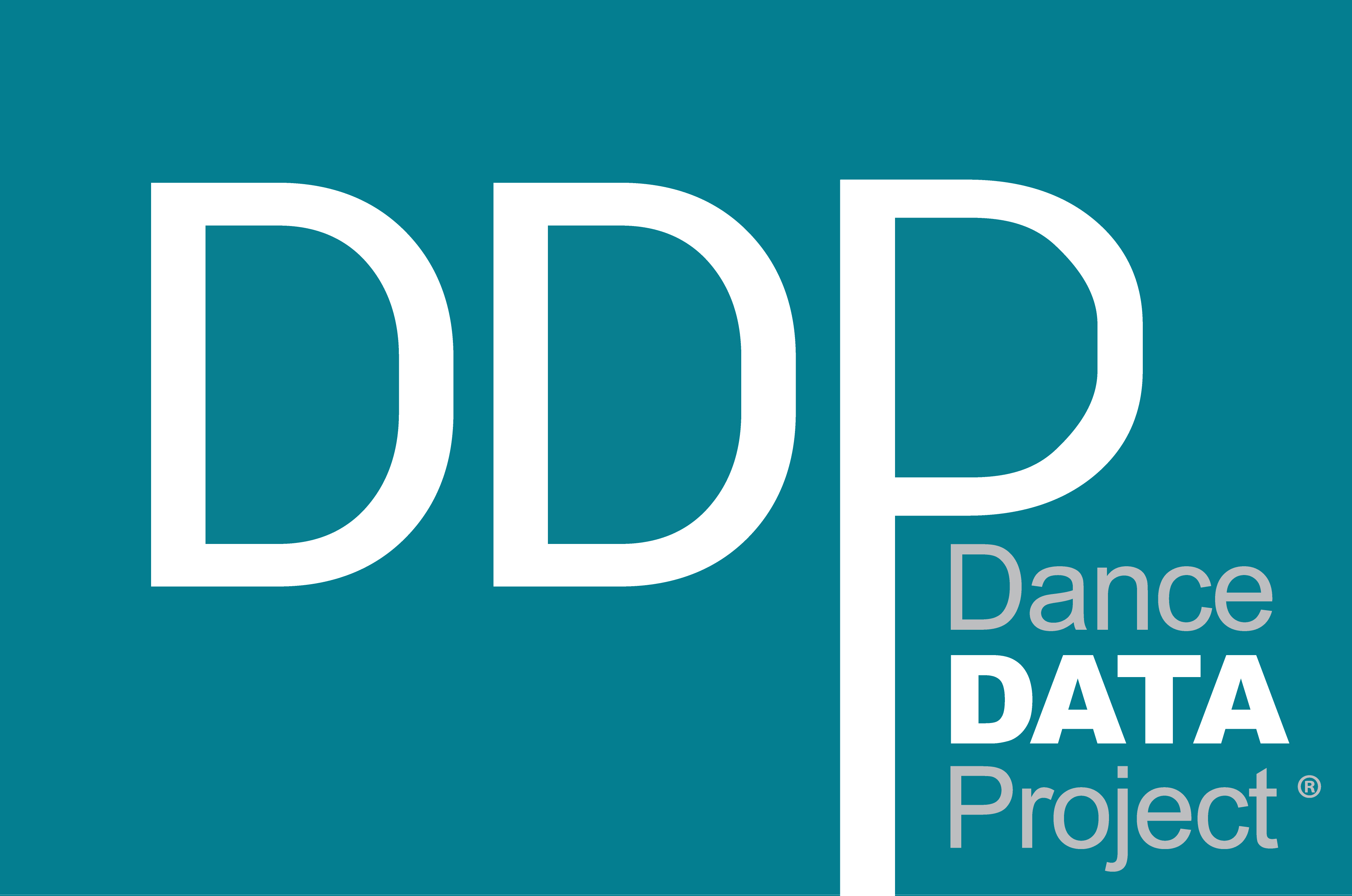
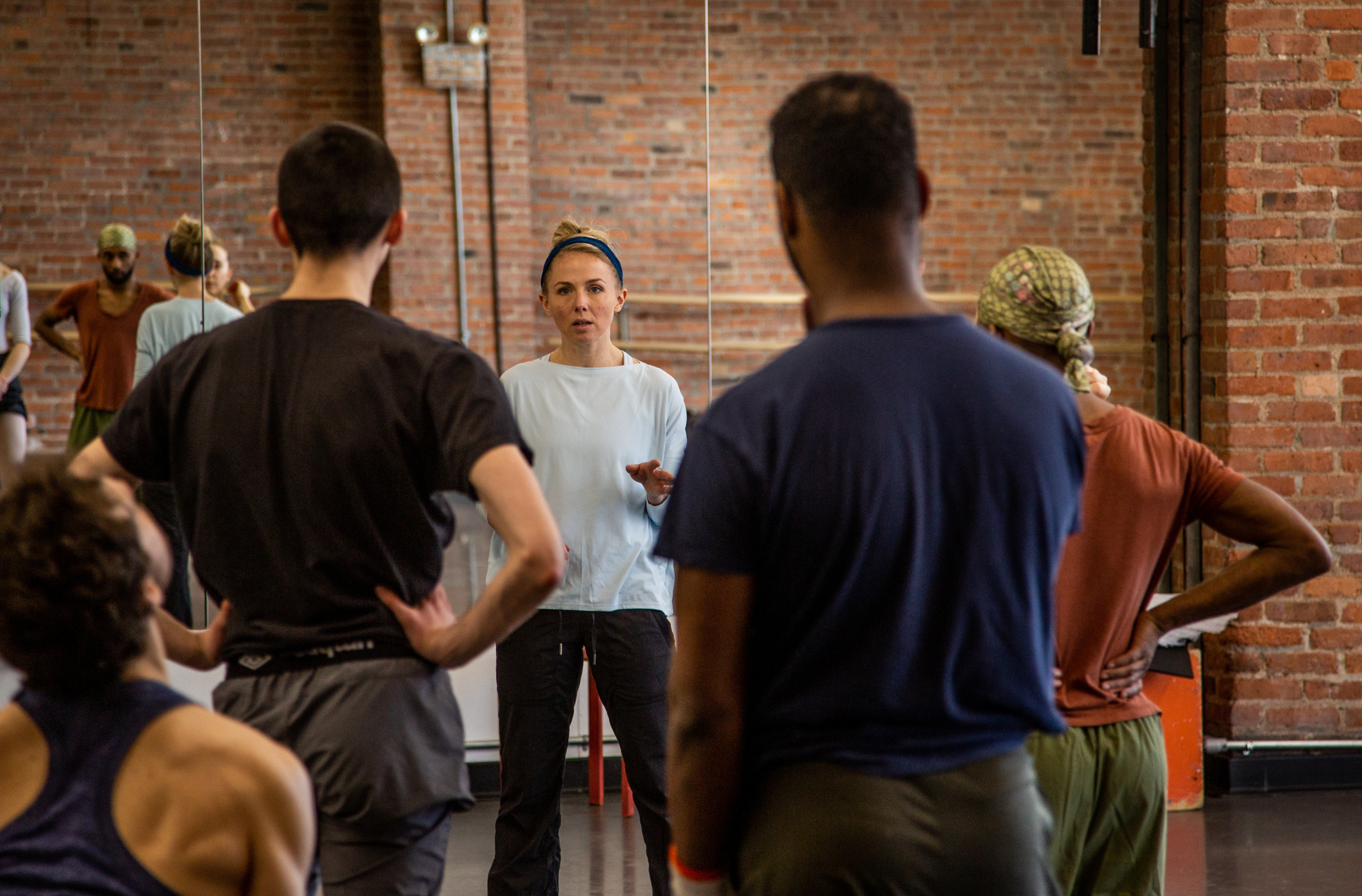

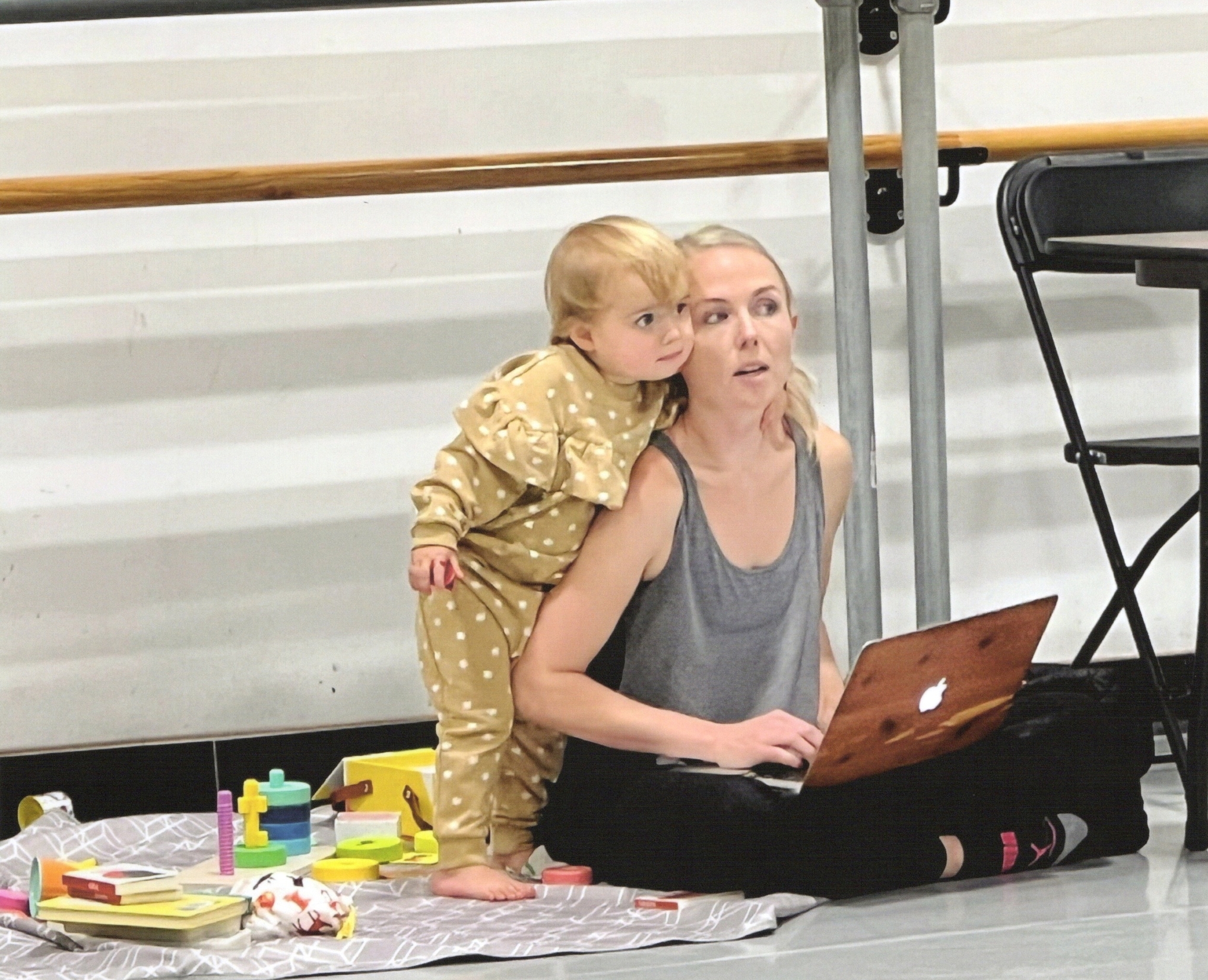


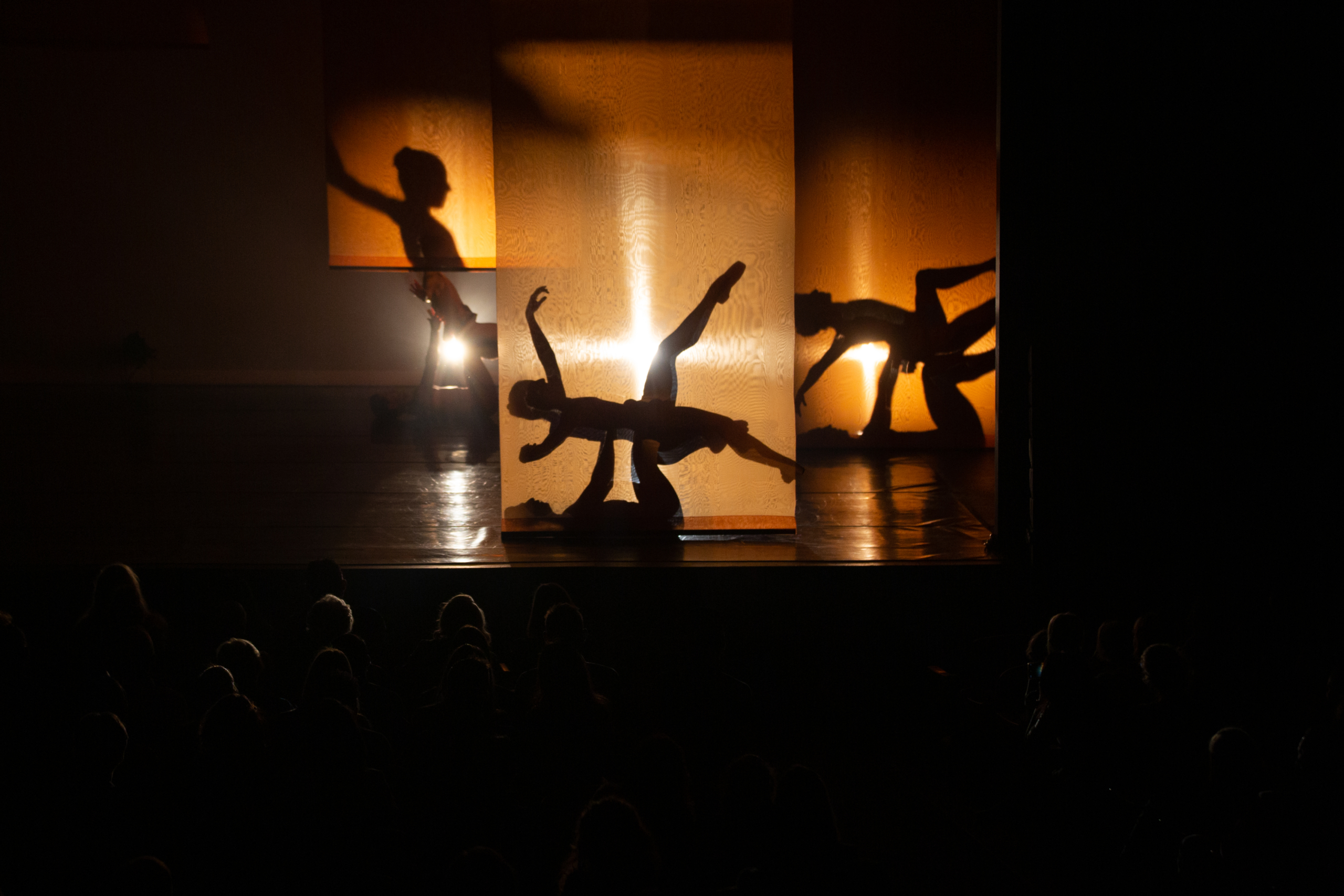
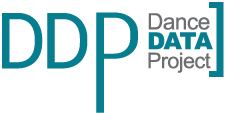
 2023 Artist in Residence Mei-Yin Ng, GALLIM Moving Artist Parent Residency, Photo by Maria J. Hackett
2023 Artist in Residence Mei-Yin Ng, GALLIM Moving Artist Parent Residency, Photo by Maria J. Hackett